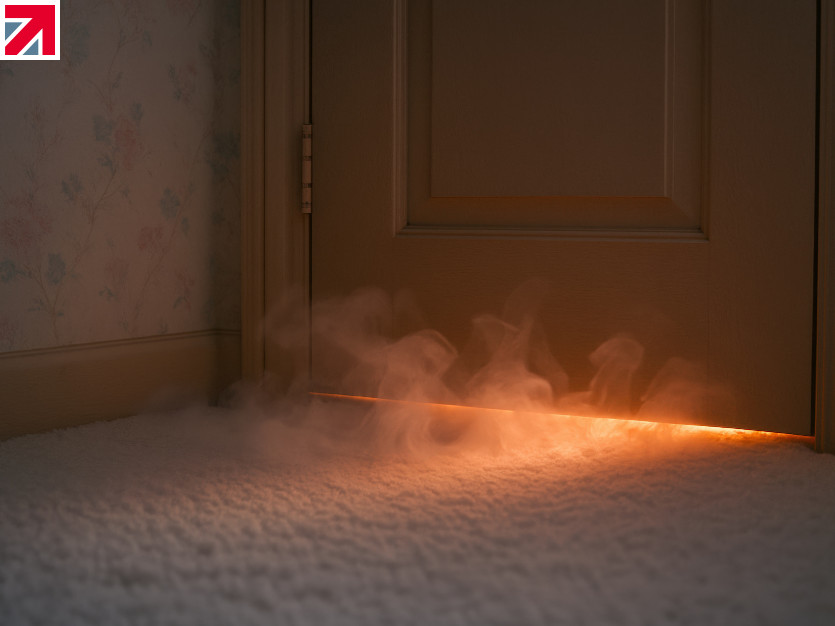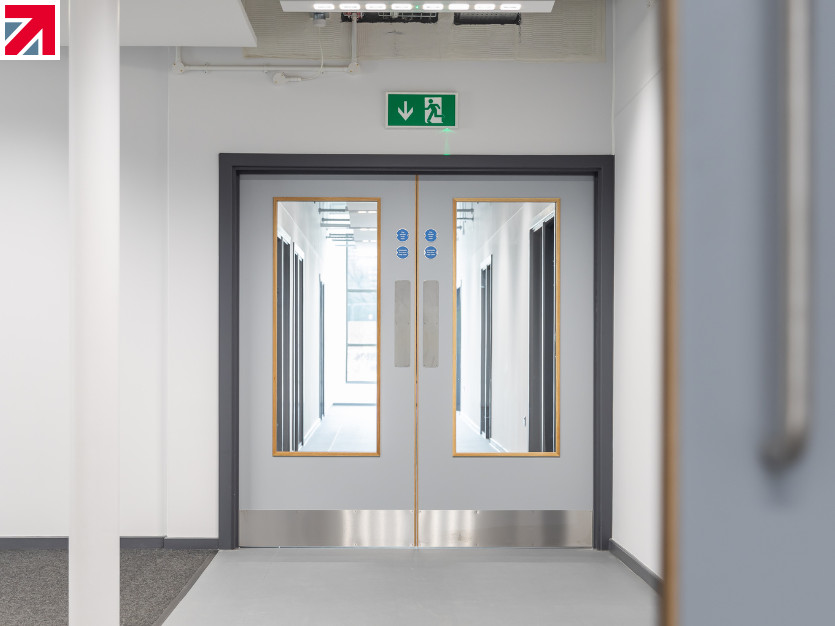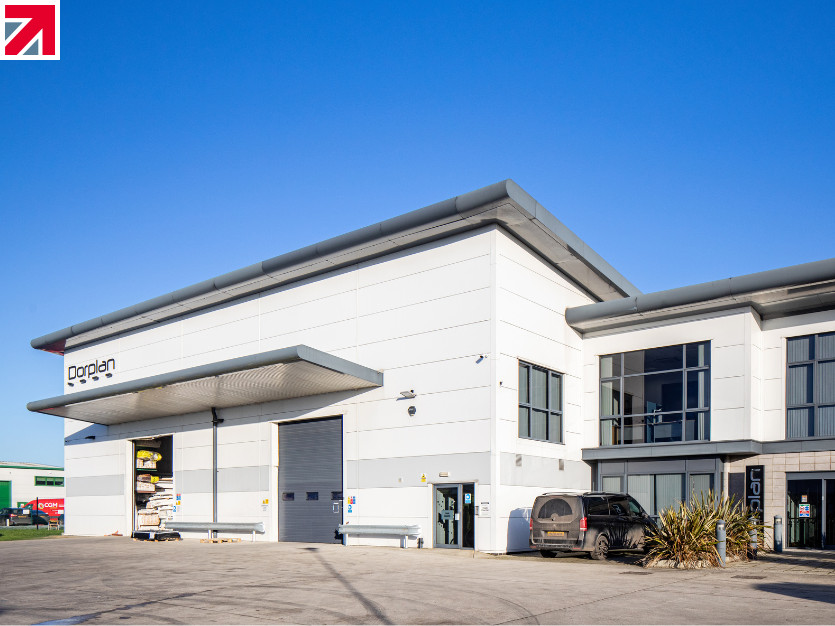When fitting or specifying a doorset, one detail that often raises questions is the undercut. This is the gap between the bottom of the door and the finished floor.
At first glance this might seem like a small and unimportant detail, but the size of this gap has a major impact on the performance of the doorset.
If the undercut is too large or incorrectly specified, it can compromise fire safety, smoke control and acoustic performance.
Fire-Rated Doorsets: How Much Gap Is Allowed?
For fire-rated doorsets, the maximum undercut is usually between 8 and 10 millimetres. If the doorset includes a threshold, the permitted gap is reduced, and the maximum is normally between 3 and 4 millimetres. Any threshold or drop seal used with the door must be included in the door’s certification, such as the Field of Application or Certifire Certificate. If it is not covered by certification, then it cannot be used.
Doors that are required to provide smoke control have stricter requirements. The maximum permitted undercut is 3 millimetres. This can only be increased to the fire-rated undercut, for example up to 8 millimetres, if a compliant drop seal is fitted. In either case, the doorset must demonstrate that smoke leakage does not exceed 3 cubic metres per metre per hour when tested at 25 Pascals of pressure.
Acoustic Doorsets: Fully Sealed Performance
For acoustic performance, there is no tolerance for an open gap at the bottom of the door. The doorset must be sealed completely around the perimeter of the door, which means that either a drop seal or an acoustic threshold must always be used. Even a small gap will significantly reduce the door’s ability to block sound and achieve the required acoustic rating.
A frequent misunderstanding is the belief that fitting a drop seal allows a larger undercut. At first it seems logical, since the seal drops down to fill the gap, but this assumption is incorrect. For fire-rated doorsets, the permitted undercut is always what is stated in the scope of certification for the door core. The drop seal does not change this. Its purpose is to achieve smoke and acoustic performance, not to increase the undercut allowance.
The exact undercut requirements can vary depending on the specific doorset, which is why it is essential to always refer to the manufacturer’s installation instructions and certification documents. Following these ensures that the doorset will perform exactly as it has been tested and approved, maintaining fire safety, smoke control and acoustic performance.
At Dorplan, all our certified doorsets come with a handy installation guide as well as certification information. Our technical team are happy to answer any enquiries you may have, whether a project is in early stages or getting ready for site.
01366 386800
enquiries@dorplan.co.uk
Find out more about Dorplan on their member profile page here
Member-created content 2 days ago | From members


